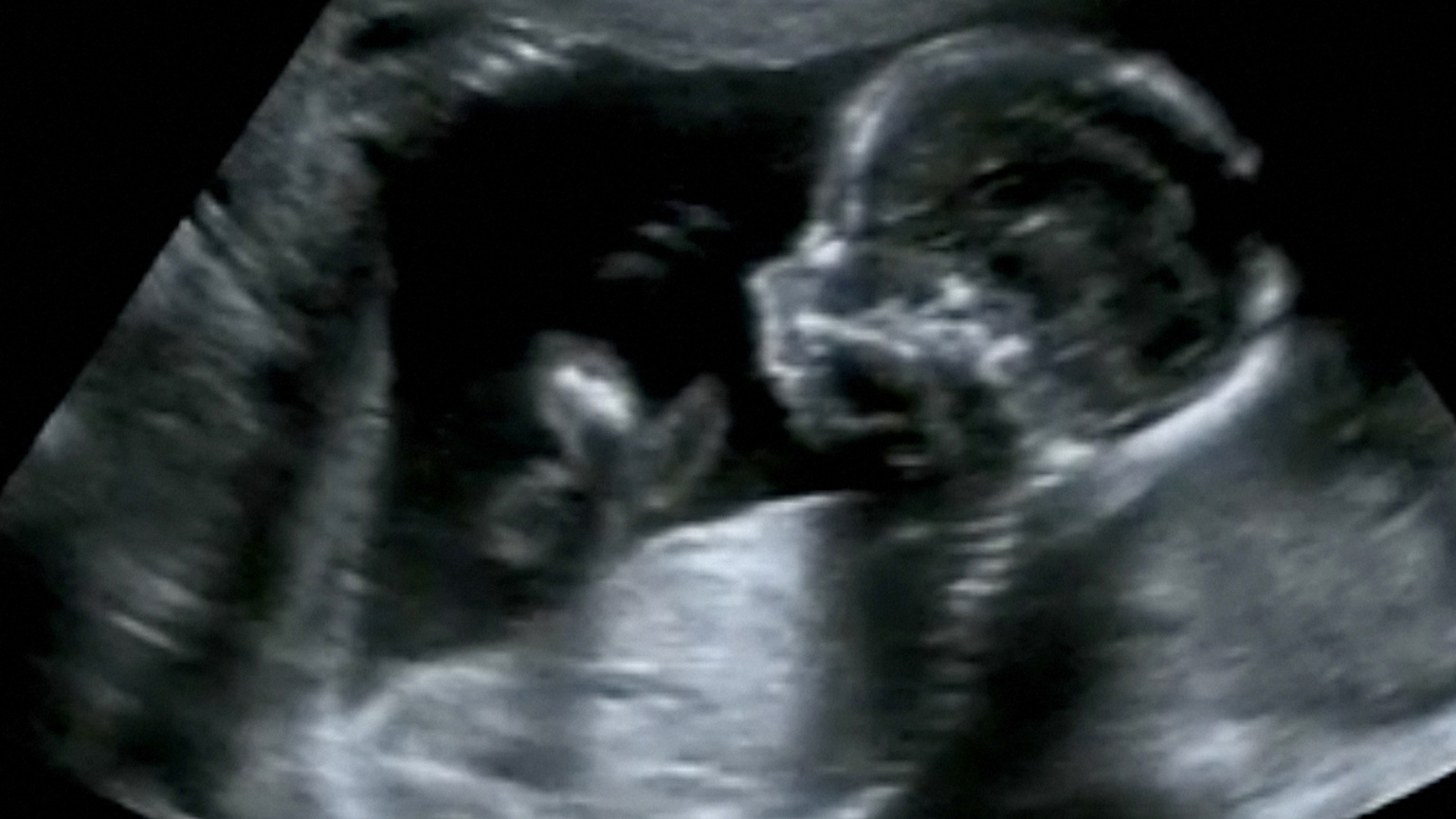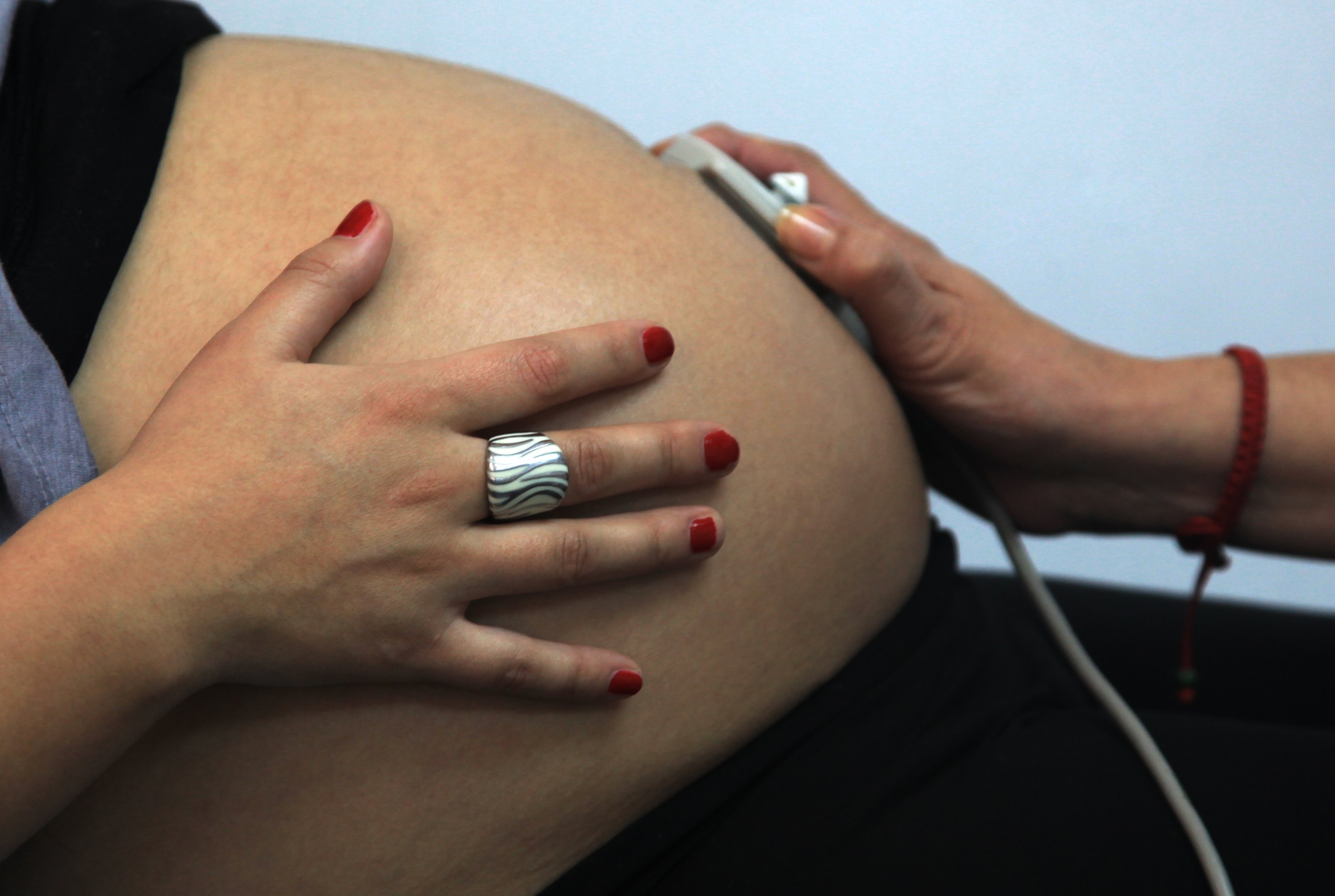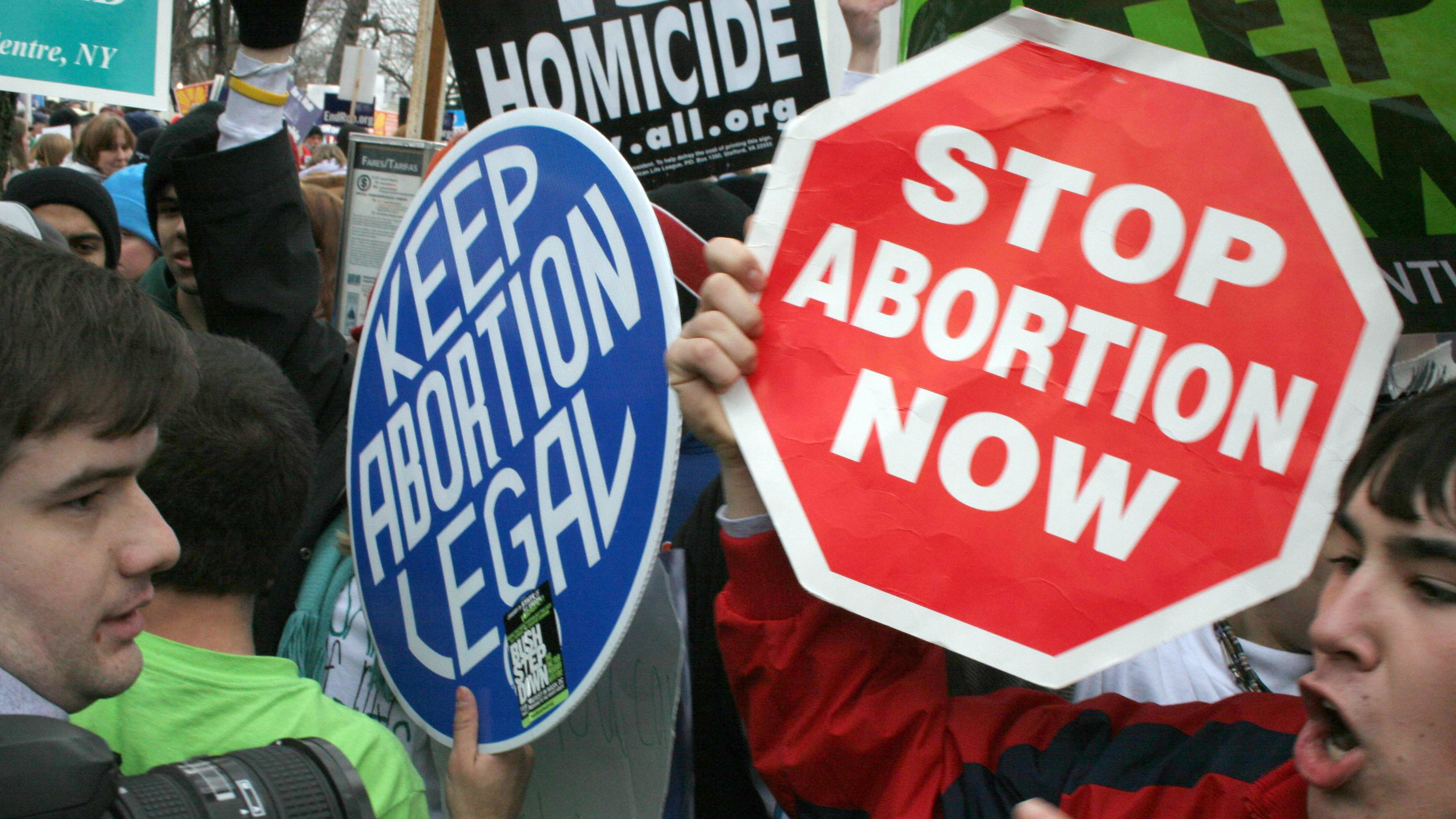Anencephaly: the babies born without brains

- Anencephaly is a rare birth defect in which a baby is born without most of their brain and the top part of the skull. It is essentially 100% fatal.
- The primary cause is a deficiency of folate, a form of Vitamin B, which is essential in forming the developing baby’s neural tube.
- In the late 1990s, governments across the globe began fortifying wheat and maize flour with folic acid, significantly reducing the rate of anencephaly.
The parents who have lived through it call it “D-Day” — the day their future baby was diagnosed with anencephaly.
“I was disassociated from… everything,” one mother remembered of the moment she was told. “I was going through the motions, but I was in a haze. I wasn’t fully present.”
The shock of expecting parents is entirely understandable when you consider what the diagnosis means. Anencephaly is a Greek term translating to “without a brain.” It means that the top end of the developing embryo’s neural tube failed to close. Thus, the baby is destined to be born lacking the vast majority of their brain and without the top part of the skull, leaving any remaining brain tissue exposed. Close to 100% of anencephalic infants die inside the womb or mere days after birth. If born alive, they will almost always be blind, deaf, unaware of their surroundings, and unable to feel pain, though most can feed and breathe until their demise.
An exceedingly rare few who are born with a decent chunk of their brainstem, the stalk-like part of the brain that connects to the spinal cord, might be able to live for months or even a couple years. One case report detailed the unique story of an anencephalic infant who lived to 28 months, eventually succumbing to pneumonia. Throughout her life, she mostly slept, rarely opened her eyes, and suffered frequent seizures. Every so often, she would break into a spontaneous smile or utter soft cooing noises.
Thankfully, this catastrophic condition is rare — with a rate of roughly one in 4,600 pregnancies in the United States. Globally, it’s higher, about one in 1,000. In Africa, about 1 in 700 births results in anencephaly. Ethiopia’s rate may be the worst: a startling 1 in 270.
Why pregnant women take folic acid supplements
This disparity almost certainly owes to anencephaly’s primary cause: folate deficiency. Folate, along with its synthetic form folic acid, is a B vitamin that our bodies need to make new cells. During pregnancy, it is essential for forming the developing embryo’s neural tube, which occurs in the first month of pregnancy. That is why the CDC urges all women of reproductive age to take 400 micrograms of folic acid each day — a growing baby’s neural tube will develop before most women know they are pregnant. It is also why, since the late 1990s, 56 countries have required at least 1.0 ppm folic acid be added to wheat and/or maize flour. Last year, a team of researchers from Emory University estimated that this global effort prevented 65,380 cases of anencephaly and spina bifida, another neural tube birth defect, in 2019 alone.
In the U.S., anencephaly is now regularly screened for in a first trimester ultrasound. If the condition is spotted, expecting parents are apprised of the devastating prognosis and their options: either terminate the pregnancy or carry it to term. In two recent studies, researchers specializing in midwifery and obstetrics nursing urged medical providers not to force parents into a hasty decision to terminate the pregnancy. Simply give parents the blunt, painful facts as gently and compassionately as possible and allow them time to make an informed decision once the initial shock has subsided, they recommend.
One expecting mother whose developing baby was diagnosed with anencephaly and unfortunately received unfeeling care that pigeonholed her choices had this to say:
“The lack of options offered created an adversarial relationship with my providers. Instead of the connected, relational care that I wanted, I was left with the grief of having lost a beloved and wanted pregnancy as well as the grief of feeling unsupported and uninformed.”
A strange cluster of cases
The rate of anencephaly seems to be falling in the United States, although an exceedingly odd and thus far unexplained cluster occurred in Benton, Yakima, and Franklin counties of Washington State in the 2010s, where an alarming 8.2 per 10,000 birthed infants suffered from the condition, almost four times the national rate. Public health officials conducted an exhaustive search for a possible cause — examining drinking water, looking for any sort of chemical pollution or radiation exposure, and interviewing affected mothers.
They found no clear links but noted that pregnant women’s use of prenatal vitamins in the three counties was slightly lower than pregnant women’s consumption in the rest of Washington. Active surveillance has since been discontinued and the rate seems to have settled back down.





